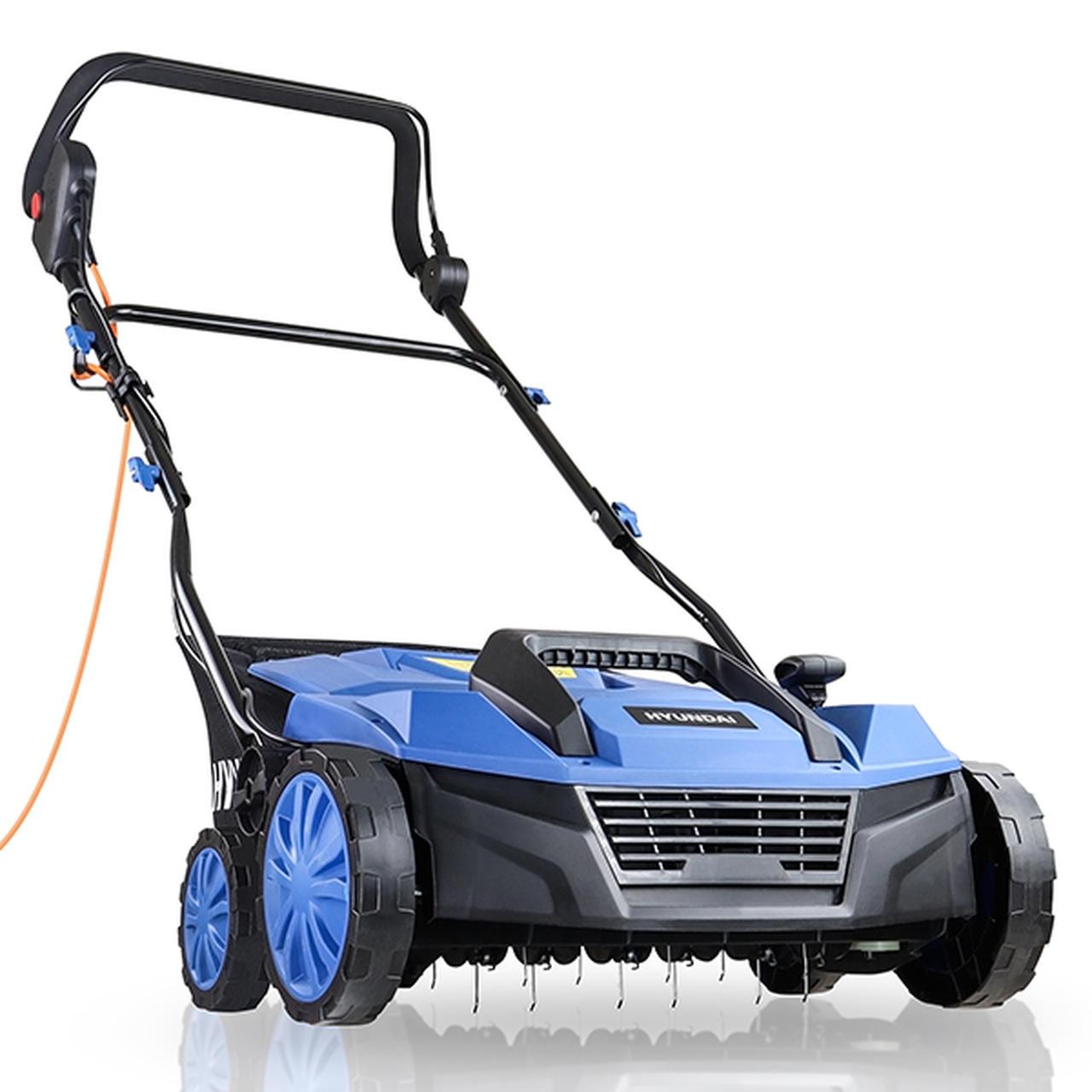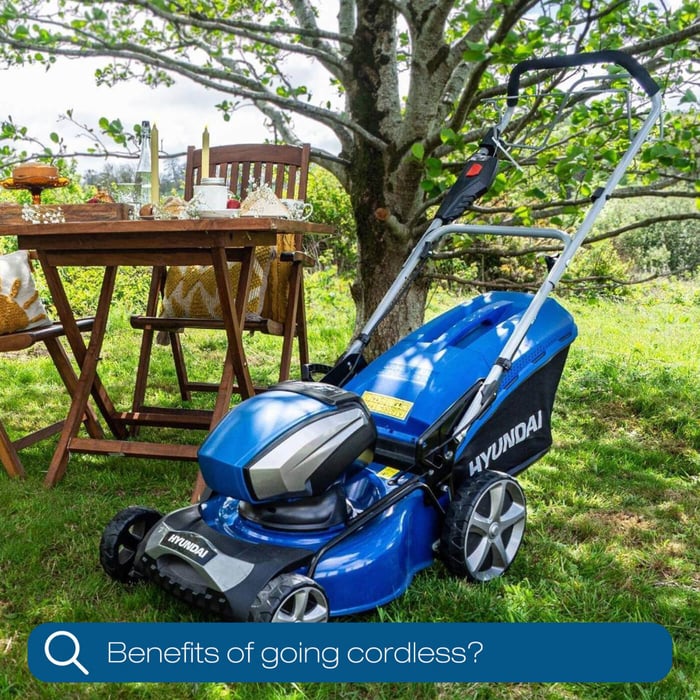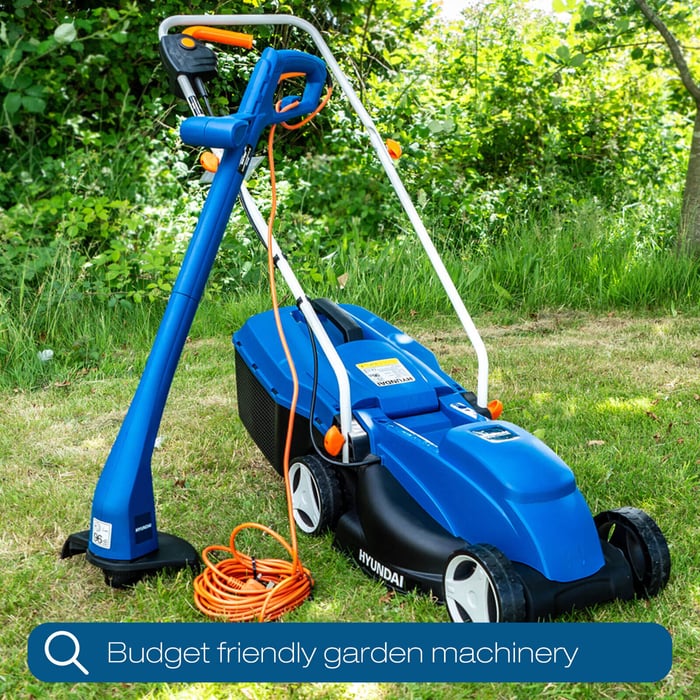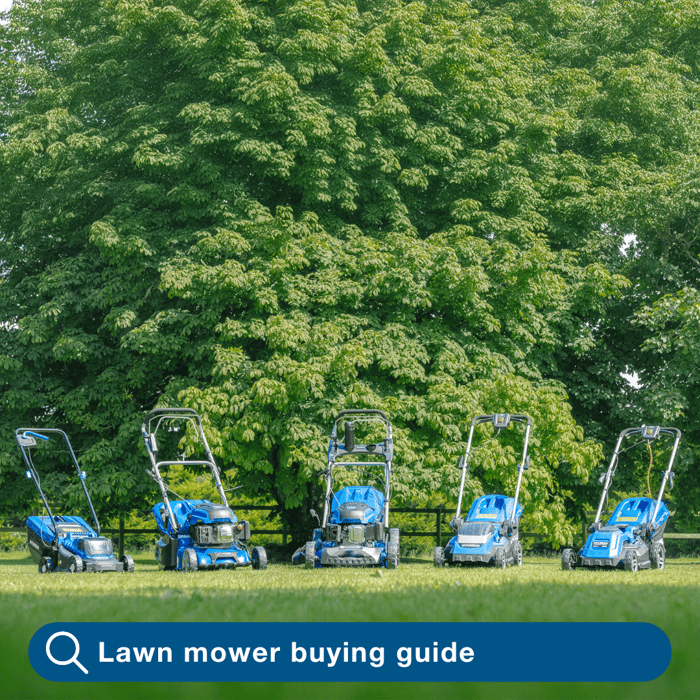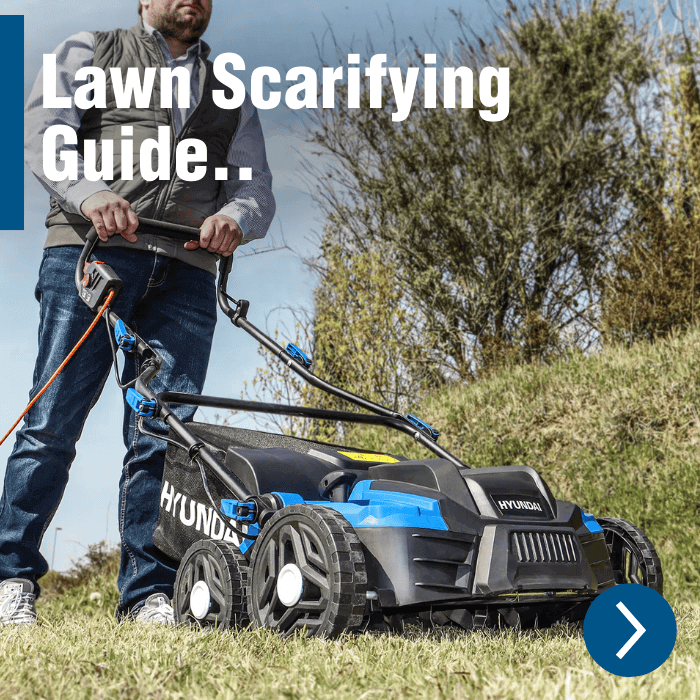
A Complete Guide to Scarifying Your Lawn
In this blog post:
Spring and Autumn are widely recognised as the best times of year to scarify your lawn; by March the grass is growing nicely and the temperatures are likely to be mild yet slightly damp, which are the ideal conditions for scarifying lawns so they can recover either before the warmer temperatures of summer or towards October before the winter freeze sets in.
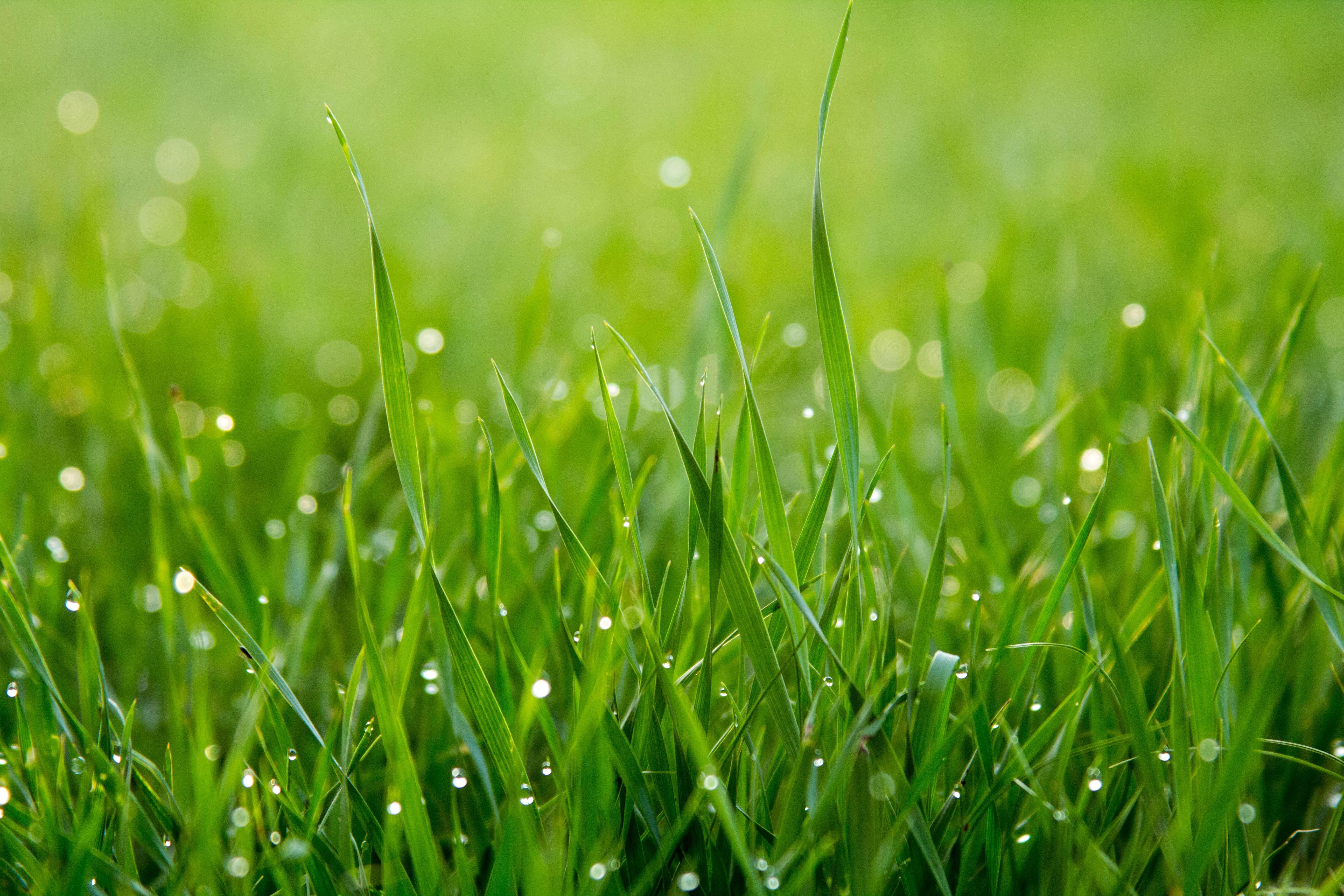 If your garden has a lot of footfall, or your grass has become spongy or built-up with thatch, it can cause the soil to compact, leaving you with soggy areas in your garden, or patches of dead grass - definitely not the look you're going for.
If your garden has a lot of footfall, or your grass has become spongy or built-up with thatch, it can cause the soil to compact, leaving you with soggy areas in your garden, or patches of dead grass - definitely not the look you're going for.
Aerating your grass will help with lawn drainage in lawns that tend to become waterlogged in certain areas. Surface aerators will also increase the number of nutrients your soil and grass roots get, and also encouraging grass regrowth in sparse areas, leaving you with a beautiful, healthy, uniform lawn.
An essential part of long-term lawn care, scarifying involves steel tines entering the ground to remove any compacted soil, as well as moss, thatch and weeds. Once these are removed, the lawn can breathe and will once again be able to absorb nourishing substances, oxygen and water.
Some of our scarifiers also have a lawn raker option, which removes dead matter, moss and weed which can disfigure a lawn by preventing water from getting through to the ground. Lawn rakes rotate, aerating and scratching the ground, which improves water drainage and the absorption of oxygen.
What is thatch and how can I prevent it?
Thatch is a tightly tangled organic cross-section of dead and living materials such as grass shoots, weeds, leaves, roots and stems that forms between the soil and the actively growing grass.
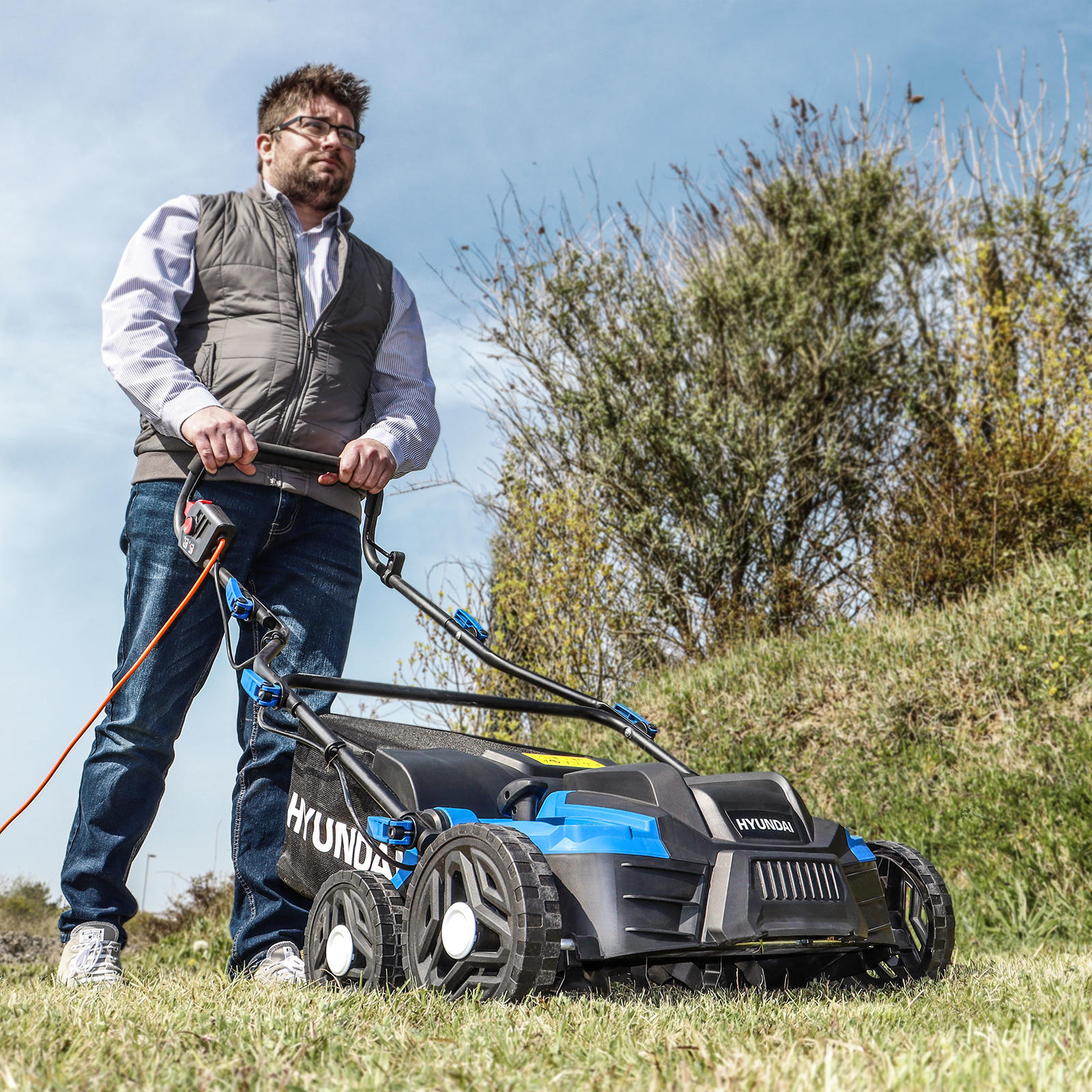
A small amount of thatch is essential for healthy lawns as it provides a defensive layer for the roots of the grass to protect them from frost and disease whilst still allowing water and nutrients through to the soil beneath.
However, your lawn could run the risk of thatch build-up which happens when this organic layer is forming quicker than it is able to decompose into the lawn.
This build-up could be due to a lack of microorganism activity (either because of acidic soil or the overuse of fertilisers and pesticides), poor aeration or compacted soil. Once this layer of thatch has built up, your lawn could become vulnerable to disease.
Contrary to popular belief, leaving grass clippings on the lawn to decompose after mowing doesn’t contribute to a thatch build-up as this can help to promote healthy microorganism activity that will break down thatch and return the nutrients to the soil.
Thatch build-up could also be due to the type of grass you have; some grass types produce more side-growing shoots than others, which can tangle together and lead to excessive thatch.
How do I scarify my lawn?
You should remove any large weeds and debris before you intend to scarify your lawn, and cut your grass to medium height.
Also, it’s important to note that although scarifying improves your lawn’s longer-term health, it can cause trauma to your lawn in the short-term, so make sure you aren’t intending to scarify your lawn before hosting a BBQ or garden party.
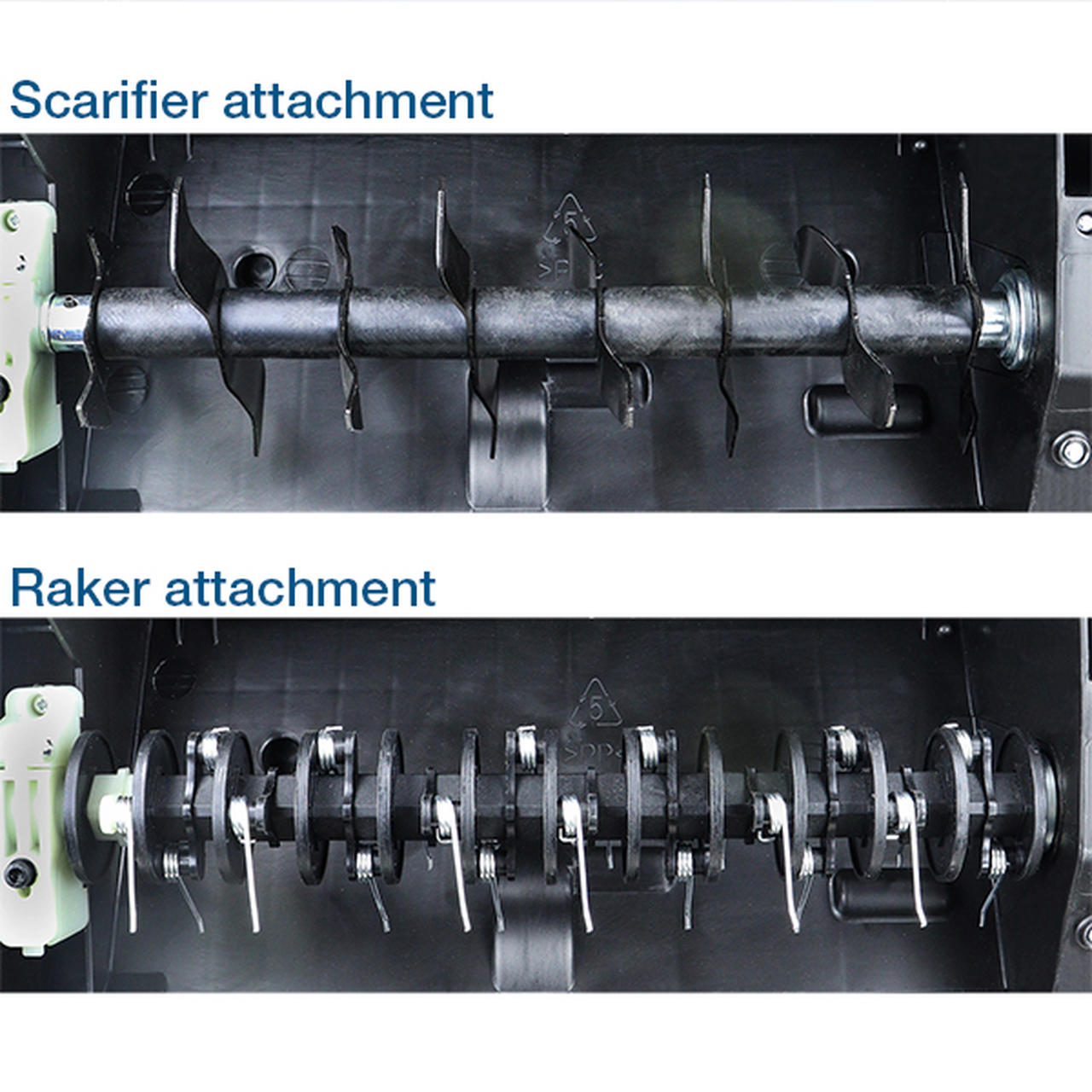
In terms of using the scarifier, the first pass over your lawn should cover it in straight lines, similar to how you’d usually mow your lawn. You’ll want to do this using the scarifier’s deepest setting. Hyundai scarifiers have a built-in catchment box to collect grass, moss and thatch, but you can go back over your lawn with the scarifier’s rake option to collect any that didn’t get caught first time around.
To prevent too much damage to your lawn, your next move should be to scarify your lawn diagonally, at around a 45 degree angle to the way you scarified it the first time around. Once again, collect any thatch or moss left on the lawn. This time, make sure the scarifier tines are at a higher setting than they were on the first pass over your lawn.
Now, you’ll need to assess your lawn to understand whether you’ve removed all the harmful thatch or whether you’ll need to scarify your lawn once more (reducing the depth of the scarifier each time).
Once you’re happy that your lawn has been suitably de-thatched, to finish the process, sprinkle some grass seed onto your lawn to promote new growth – and you’re done! In a matter of weeks, you’ll have a lush, green, healthy lawn free of waterlogged, bald or spongy areas.
Why not check out our range of Hyundai lawn scarifiers and lawn aerators? We have both budget-friendly corded electric scarifiers/grass aerators and heavy-duty petrol scarifier and aerators available.
Revive your lawn effortlessly with the Hyundai HYSC1600E Electric Lawn Scarifier and Aerator. Featuring a robust 1600W electric motor, the HYSC1600E swiftly eliminates stubborn thatch, moss, and debris, restoring small to medium-sized gardens to their former glory. Its 2-in-1 design combines scarifying and aerating functionalities within its 36cm working width, making lawn maintenance a breeze.
Switch between five adjustable working heights (-12 to +6 mm) with ease, ensuring optimal results regardless of grass length. The interchangeable scarifier/aerator blade and springed raker blade tackle both hardened surfaces and lighter dead matter, promoting grass health by allowing vital nutrients to penetrate the soil.
This lightweight electric scarifier comes with a spacious 45L collection bag, a generous 10m power cable, and foldable handles for easy storage.
The Hyundai HYSC1800E is a corded electric lawn scarifier, hollow tine aerator and lawn rake. It boasts a large working width of 380mm (60mm wider than that of competitive models) and weighs just 13.6kg, making it particularly easy and comfortable to push around your garden.
This electric lawn aerator has 20 hardened steel blades as well as 5 adjustable scarifying heights to ensure that all moss, thatch and weeds are removed from the root.
The Hyundai HYSC210 is our low-maintenance petrol scarifier and aerator which is perfect for revitalising lawns that have become spongy or patchy due to thatch build-up.
Its robust, large wheels make it easy to push around your lawn, and the specially designed wide tread helps to minimise damage to your lawn whilst in use.
This petrol lawn scarifier’s 18 hardened steel blades penetrate the soil, allowing nutrients and moisture to be easily absorbed to allow your lawn to breathe again.
The HYSC1500E is a low maintenance electric scarifier from Hyundai. This grass aerator’s large working width of 360mm (40mm wider than that of competitive models) will get the ground aerated in no time, improving your lawn drainage and grass growth whilst also protecting your lawn from waterlogging and disease.
Weighing just 11.5kg, the HYSC1500E’s robust wheels make this Hyundai Grass Scarifier particularly easy and comfortable to push around your garden.
The Hyundai HYSC1532E is our most compact, lightweight, budget-friendly, and low-maintenance electric scarifier, ideal for small to medium-sized lawns.
This lawn aerator’s 4 adjustable scarifying heights - ranging from -12mm to +4mm and simply controlled from one adjustment dial - put you in control over the finish of your lawn and ensure that all moss, thatch and weeds are removed from the root.
With its large 30L grass collector box collecting weeds and moss as you go, it means no mess to clear up, getting the job done as quickly as possible.
As with all of our garden machinery, our scarifiers come with a 3 year domestic warranty (terms apply) for added peace of mind.
We hope you’ve found this scarifying guide helpful. Remember - if you need any further advice, our friendly team of experts is on-hand to help, so just get in touch!
For expert advice or any questions you may have, you can give us a call on 01646 687880, fill out the contact form here or drop us a message on any of our social media pages - Facebook, Instagram or Twitter.

 Expert Advice and Aftersales
Expert Advice and Aftersales Free UK Delivery*
Free UK Delivery*
